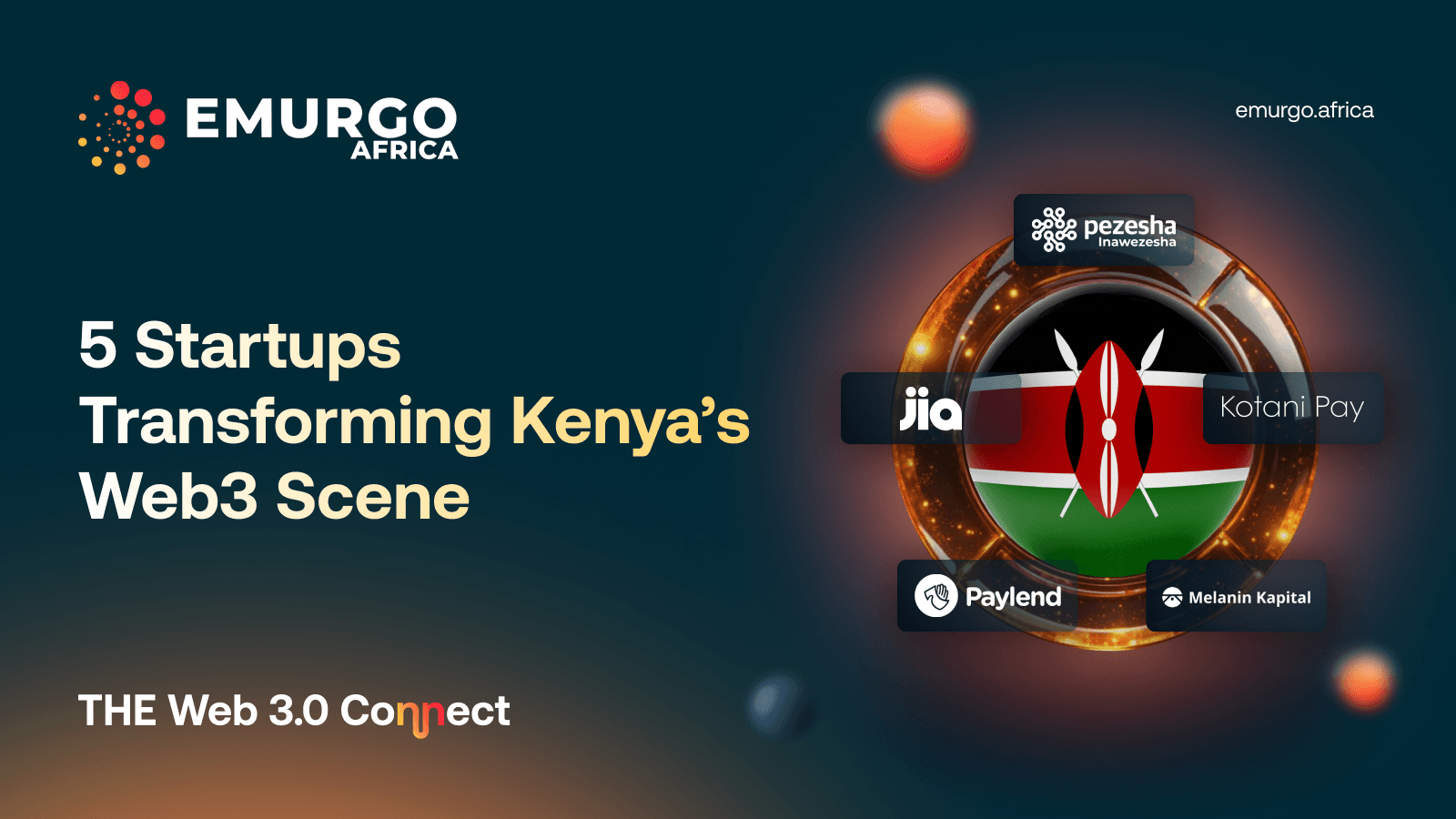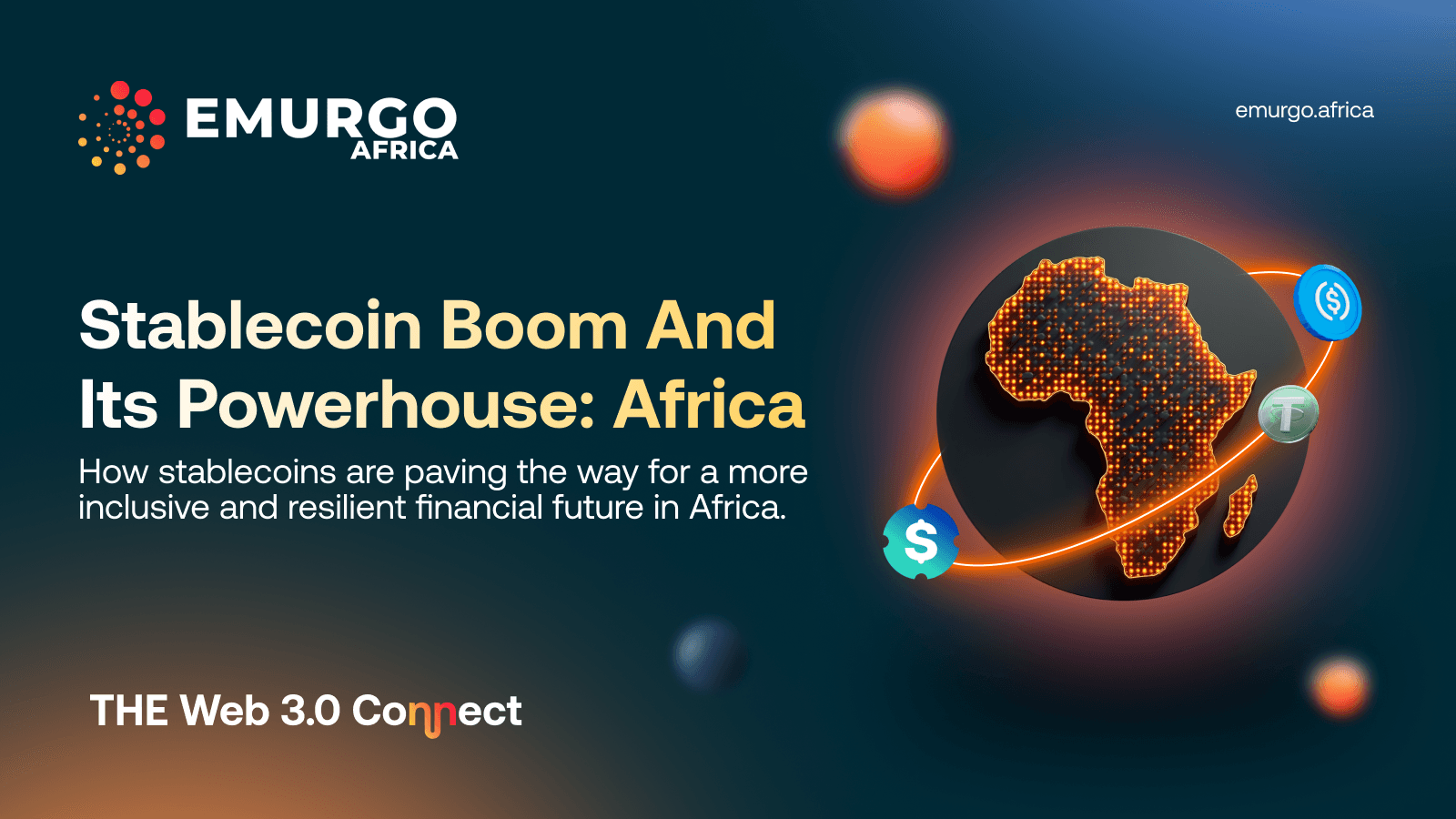Today, we cover the chapter 3, Digital Finance in Africa, of EMURGO Africa 2023 Q2 Report 🫡
Blog posts related to EMURGO Africa 2023 Q2 Report:
Download Full Report
Effect of Financial Inclusion
Blockchain Finance in Africa 2023
Hope you enjoy reading the articles!!
📊
Chapter 3 explains the digital finance (DigiFi) business in Africa and the outcome of its expansion. Among DigiFi services, lending shows the highest revenue share and significant opportunities.
Among digital lenders in Africa we identified, digital banking and the mobile app are the two most common businesses. For lenders with maximum loan size below $5k, interest rate starts from 2-4% per month. However, it goes larger than 10% and even 40% in some cases. For lenders with maximum loan size above $5k, the minimum interest rate varies between 2-6% per month, and it goes up to below 10% in most cases.
The expansion of DigiFi resulted in the increase in owning, saving in, and borrowing through mobile money accounts in the last 5 years in Africa.
Note that the results in this report are all pure quantitative results by author's own research and have nothing to do with an investment advice.
You can read below according to your interests for more detailed information and data. 👻✨
Table of Contents:
1. DigiFi Business in Africa
According to “Fintech in Africa: The end of the beginning” by McKinsey & Company, in Africa, financial services revenues are expected to grow by 10% per annual until 2025, with retail/SME lending being the largest share of revenue among financial services, followed by insurance (see Figure 1 below). Although blockchain finance is growing fastest, the revenue share is still small compared to other DigiFi businesses.
Figure 1. Growth of financial services market revenue by product in Africa

Figure cited from “Fintech in Africa: The end of the beginning.” McKinsey & Company (2022). Reference: “RealFi Lending Protocol - Summary of Findings.” Input Output (2022).
2. DigiFi Lending in Africa
Figure 2 shows the digital financing lenders in Africa with the reference of Crunchbase.
Country
Among 39 digital financing lenders we identified, 16 are based in Nigeria, followed by 11 in Kenya, and 4 in South Africa.
Operating region
As for the operating regions, 23 lenders are operating in west African countries; 16 are operating in east African countries; 14 are in south African countries; and 7 are operating outside Africa.
Figure 2. Digital financing lenders in Africa

Note: The list is made based on the data availability and presence in the market with reference of Crunchbase.
User Type
Among 39 digital financing lenders, 22 lend money only for businesses. 16 are for both businesses and individuals, and 1 is only for individuals.
Investors of capital
4 digital financing lenders use capital from individual investors for lending. 14 (among 21 known) have capital from international institutional investors.
Off-line agent
6 lenders have offline agents while 33 do not have offline agents (see Figure 3 below).
Figure 3. Digital financing lenders with off-line agents

Note: The result by author’s own research.
Business model
Among 39 digital financing lenders, 11 lenders’ main business is digital banking; 11 lenders’ main business is mobile app; 7 lenders’ main business is lending only; 4 lenders’ main business is payment; 2 is bookkeeping; 2 is business support; and 1 is Faas (Finance as a service) (see Figure 4 below).
Figure 4. Business model of digital financing lenders in Africa

Note: The result by author’s own research.
Interest Rate
For lenders with maximum loan size below $5k, interest rate starts from 2-4% per month. However, it goes larger than 10% and even 40% in some cases (see Figure 5 below).
Figure 5. Monthly interest rate of lenders with maximum loan size below $5k

Note: The result by author’s own research.
For lenders with maximum loan size above $5k, the minimum interest rate varies between 2-6% per month, and it goes up to below 10% in most cases (see Figure 6 below).
Figure 6. Monthly interest rate of lenders with maximum loan size above $5k

Note: The result by author’s own research.
3. Outcome of DigiFi Expansion
According to "Financial Inclusion, Digital Payments, and Resilience in the Age of COVID-19" by World Bank, the expansion of DigiFi resulted in the increase in owning, saving in, and borrowing through mobile money accounts in the last 5 years in Africa.
The adults with a mobile money account grew and spread across Sub-Saharan Africa (SSA) from 2014 to 2021 (see Figure 7 - 1 below). In 2021, the equal shares of adults saved at a financial institution and a mobile money account in SSA while mobile money was not used for savings at all in 2017 (see Figure 7 - 2 below). Borrowing using mobile money account is becoming more common in Kenya, Uganda, Ghana, and Tanzania (see Figure 7 - 3 below).
Figure 7. Expansion of mobile money usage in Africa

Figures cited from Demirgüç-Kunt, A., L. Klapper, D. Singer, and S. Ansar. "Financial Inclusion, Digital Payments, and Resilience in the Age of COVID-19." World Bank Group (2021).
Hope you have enjoyed this chapter of EMURGO Africa 2023 Q2 Report! For downloading the full report, you can visit this page.
Wish you a pretty week ahead 😌🪄
Follow EMURGO Africa for more information

EMURGO Africa invests and supports local Web3 projects in the region to adopt Cardano’s decentralized blockchain technology to build socially impactful solutions.
As a regional entity of EMURGO, the official commercial arm of Cardano, EMURGO Africa also runs a local Cardano accelerator in Africa, Adaverse, which accepts applications year-round.
For more up-to-date information on EMURGO Africa, follow the official channels listed below.
About EMURGO Africa
- Official Website: emurgo.africa
- Twitter: @EmurgoAfrica
- Telegram: https://t.me/emurgoafrica



